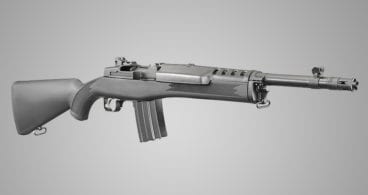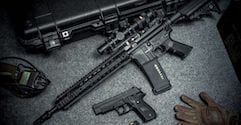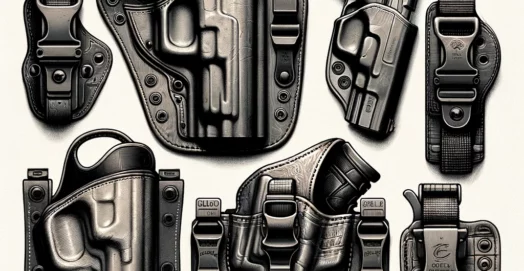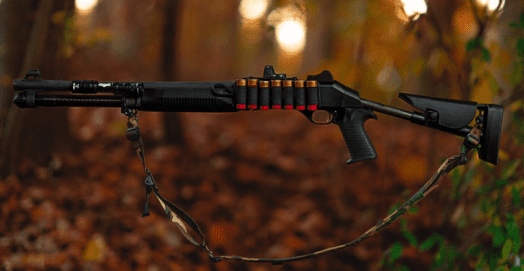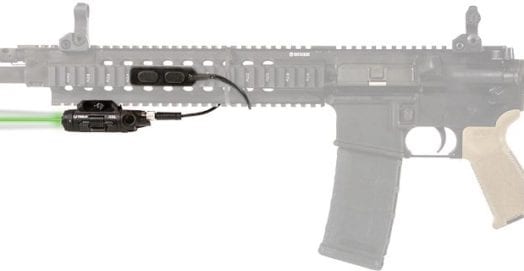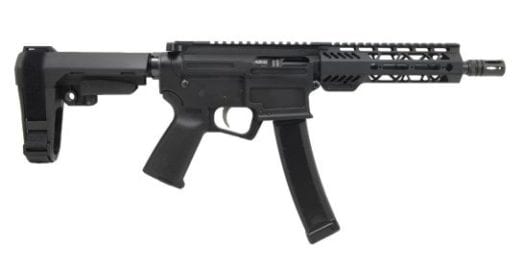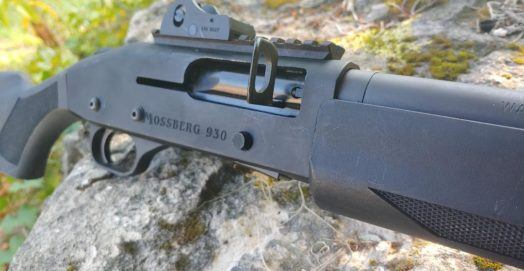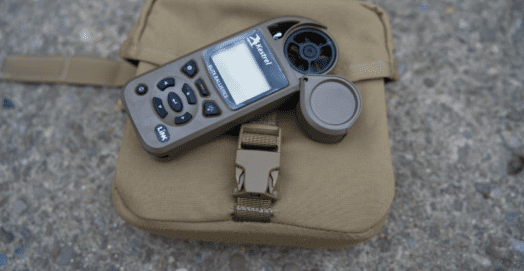Steel vs Brass Ammo: An Indepth Look At The Pros and Cons of Each

There’s a lot of debate out there over steel-cased vs brass-cased ammo and to tell you the honest truth…most of the folks I see talking about it don’t really know what they’re talking about.
And hey, that’s okay. You’re supposed to learn something new every day, right?
Well, today, we’re going to go over the real differences between brass and steel ammo, why we use these two materials so often, and why there’s so much arguing back and forth online over these two seemingly simple differences in cartridge construction.
Let’s get to it.
Contents
Pros of Brass-Cased Ammo

Brass is the standard for modern centerfire rifle and handgun cartridges for a few reasons.
One, it is incredibly malleable and easy to form and machine, which means that tooling and manufacturing are cheap. This is a plus for manufacturers, and the savings are passed along to the consumers.
More importantly, that malleability makes it ideal for an application where controlled, even expansion is key.
When a round is fired, the brass casing expands to more completely fill the chamber of your firearm. This seals the chamber and is what creates the even and reliable building of pressure which is key for accuracy.
Brass has innate physical properties that help with this consistent expansion, which makes it easier to get more accuracy out of brass ammo than steel ammo.
I’ll save you the metallurgical nerd discussion about crystal grain structure and substitutional alloys vs interstitial alloys, but what you need to keep in mind is that consistent expansion is the chief reason we use brass, even though it’s more expensive than steel.
Brass is also just a slicker metal than steel, which makes a reliable function a little bit easier overall. Steel requires a lubricating coating to achieve the same natural slickness (lubricity) of brass, and that means a polymer or lacquer finish is required. Not so with brass.
While that coating won’t foul up your gun as some people believe, it is an extra necessary step in the production of steel-cased ammo.
Finally, brass is more naturally resistant to corrosion as well. If steel-cased rounds weren’t coated, they would rust and corrode quickly, which is the exact opposite of what you want in the chamber of a firearm.
So that’s why we use brass for most cartridge casings in the West, even though steel is cheaper overall and more economical to produce.
Pros of Steel-Cased Ammo
Steel, on the other hand, is much cheaper than brass, but it also doesn’t have that malleability that we want. Steel is both harder and less ductile than brass, so while the cases are more durable in some ways, they are also less resistant to damage when they expand in a firearm’s chamber.
Steel-cased ammo is also popular in countries that favor rifles with fairly short and aggressive extraction cycles. AK variants, the FAL, and other weapons like this can tear the case heads on brass ammo if they are over-gassed, and if you don’t have a way to adjust your gas system you’re going to be in trouble. Steel is much harder and more resistant to that sort of deformation.
If you have an older semi-auto gun from Europe/Asia, you may want to try feeding it steel ammo if you find yourself having issues. I found one of my older SKS rifles didn’t really like brass but worked like a champ with steel.
In general, this issue is especially prevalent with guns like this in intermediate calibers. AK variants firing 5.56x45mm are especially prone to this kind of thing. Larger rounds with more material at the case head can be more resistant to it and may be just fine, even when the rifle firing them is over gassed.
Some of this is also related to case tapering. A round with a strong taper, such as 7.62x39mm, extracts easier than a less-tapered cartridge like the 5.56x45mm NATO. That increased taper makes extraction easier by reducing friction once the spent casing has begun to travel to the rear.
What about pistol ammo though?
We see an awful lot of 9mm steel-cased ammo, and if you’ve ever wondered why, it goes back to expansion, and a little bit of economics.
First of all, 9mm is one of the most popular rounds on the planet, probably second only to .22LR. This, of course, makes for a larger market, and more room for competition between brass and steel-cased ammo.
Second, 9mm chamber pressures are relatively high, which is good news for steel cases. Higher pressure means more even expansion, which means a better chamber seal, and better extraction, even though its a straight-walled case.
Cons of Brass
What are the problems with brass?
Well, really nothing. It’s more or less the ideal material for modern cartridges, but it is more expensive than steel. This is the chief source of debate around this whole issue really. If steel-cased ammo wasn’t cheaper than brass, we wouldn’t bother using it really.
There are those rare instances where certain firearms just won’t like brass ammo for one reason or another, but those firearms probably wouldn’t have been designed the way they were had steel-cased ammo not been so cheap to mass-produce.
The other sorta-kinda-but-not-really issue with brass is that it can become dented more easily, but that’s really not an issue, especially if you take care of your ammo the way you should.
Cons of Steel
The big problems with steel have to do with its hardness and its resistance to corrosion.
Basically, it’s too hard and oxidizes too easily. Because of its hardness, it doesn’t form under firing the way we would like it to, and because of the oxidation issue, it will have to use coatings to protect it.
On top of that, much of the steel ammo commonly available in the US isn’t the best quality and is made overseas to a lower standard than your average brass ammo. Don’t get me wrong, there’s plenty of crappy brass ammo out there and lots of good steel ammo, but on the whole steel, ammo is manufactured to a lower standard.
That means you’re going to get less accuracy out of the average steel-cased round than you’re used to from most brass-cased ammo. How much less? Enough that I don’t hunt or load my defensive firearms with steel-cased ammo. I have shot 3-Gun matches with it, especially before I started reloading, and I did fine (or at least it wasn’t the ammo holding me back).
Speaking of reloading…you can’t reload steel cases.
Well, to be perfectly honest you can but you’re going to need a boatload of specialized equipment, and a lot of time, energy, and money you could just put towards brass-cased ammo. Especially since a lot of steel-cases ammo is Berdan primed, as opposed to the more common (in the US) Boxer primed ammo we’re used to, and Berdan primers require yet more specialized equipment to reload.
Basically, pick up your steel cases and recycle them, don’t try to reload them, it just isn’t worth it. Sidenote, steel is magnetic! If you’re going to be shooting a lot of steel-cased ammo, bring a rolling magnet like this one and save yourself a lot of bending over to pick up your cases.’
Finally, steel-cased ammo is frequently underpowered compared to brass ammo, but this is more of a market trend than anything to do with the inherent properties of steel, but it is worth being aware of. You may have some short-stroking issues with semi-automatic firearms shooting steel.
Frequently Asked Questions
That should be enough info on the pros and cons of brass and steel, but if you’re like me and you always want more info about stuff like this, there are a few more things we can talk about.
Below, I’ve gathered up some of the most common questions I see us get asked regarding brass and steel cases and answered them.
What Are Some of the Best Steel Ammo Options?
I’ve done some very informal accuracy and velocity testing with .223, 9mm, and 7.62x39mm offerings from several of the bigger manufacturers that specialize in steel-cased ammo, and here’s what I’ve come up with as a loose ranking. I also cheated and used Lucky Gunner’s awesome testing when coming up with this list.
–Golden Bear: This is actually a brass-plated steel casing offered by Bear ammo, and while it still doesn’t perform as well as most brass ammo, it does run very well in AR-15-pattern rifles in 7.62×39. It still won’t expand like brass, and it is more expensive than most steel-cased ammo, but it does extract very well.

–Silver Bear: Silver Bear is another plated offering, this time plated in zinc. I wasn’t super thrilled with the accuracy, but the velocity was relatively consistent with a standard deviation of less than 60fps, which isn’t bad for this quality level.
–Wolf Polyformance WPA: Wolf Polyformance is a good, mid-range steel-cased option that I like for plinking at the range. If I’m just going to be turning money into noise, I want the most bang for my buck, and this is a good option for that.

–Wolf Military Classic: This is what I feed my older service-grade AK and SKS rifles. It’s fairly reliable in these older Soviet-era guns, and the velocity is some of the most consistent of the bunch.
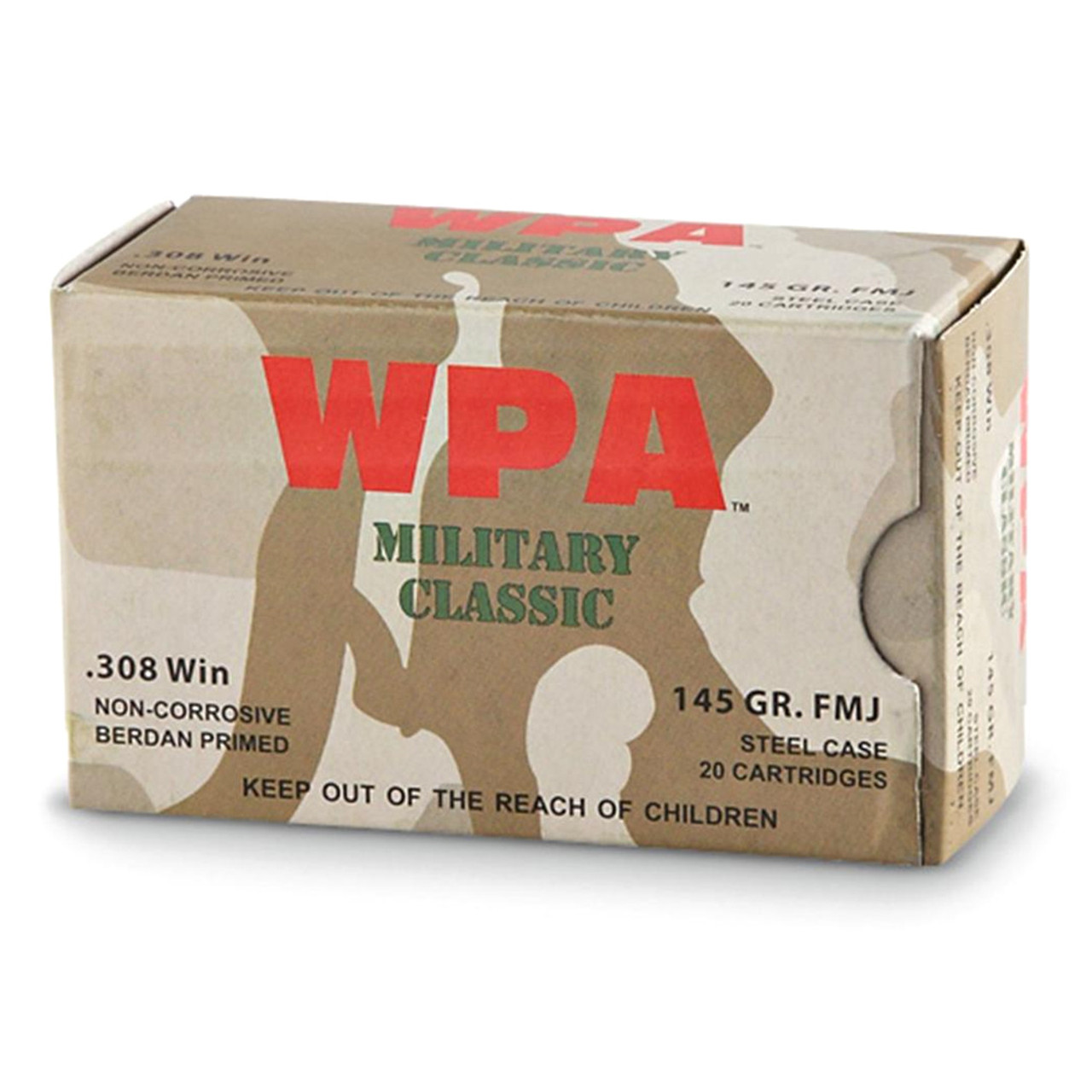
–Tula: Tula ammo is not particularly consistent velocity-wise, nor is it very accurate in general, but it does almost always go bang. I may or may not have 3000 or so rounds of 7.62×39, and 1500 or so rounds of 5.45×45 stacked in the back of my safe.

-Brown Bear: I’ve had multiple hard primers that simply wouldn’t go off, I’ve had rounds arrive corroded in the box, I’ve had spam cans of ammo be corroded on the inside (how?), and I’ve had rounds that were woefully undercharged to the point where I was worried about squibs. I’m not even going to link to the stuff. In a post-apocalyptic scenario, if I found a box of this stuff, I’d trade it to someone I didn’t like in exchange for a dead squirrel or a dirty bandana.
Will Steel Wear Out My Gun Faster?
Yes. Easy answer there, but a harder metal is going to wear your chamber and feed ramp more than a softer metal, that’s just physics. However, will that even matter?
In the long run, in an AR you’re going to get about 3000 fewer rounds out of a barrel with steel than with brass. So, with brass where you’re getting 10,000 rounds out of a standard AR barrel before you have to replace it, you’ll get between 6,000 and 7,000 out of it with steel-cased ammo.
Are you really going to put that many rounds through your gun? Maybe, but even if you do, you can use the savings to just replace your barrel earlier than you would otherwise. Even when you factor in wear, steel-cased ammo is still cheaper to shoot.
Parting Shots

Steel vs brass is always a fun topic to bring up when you want to start an argument at the gun range, but hopefully, this has helped separate fact from fiction so you can form your own opinions going forward.
For me, steel-cased ammo has its place, and shouldn’t be overlooked, even if it’s not quite as high-quality as brass ammo most of the time. If you don’t reload, and you’re on a budget, there’s nothing wrong with steel-cased ammo.



